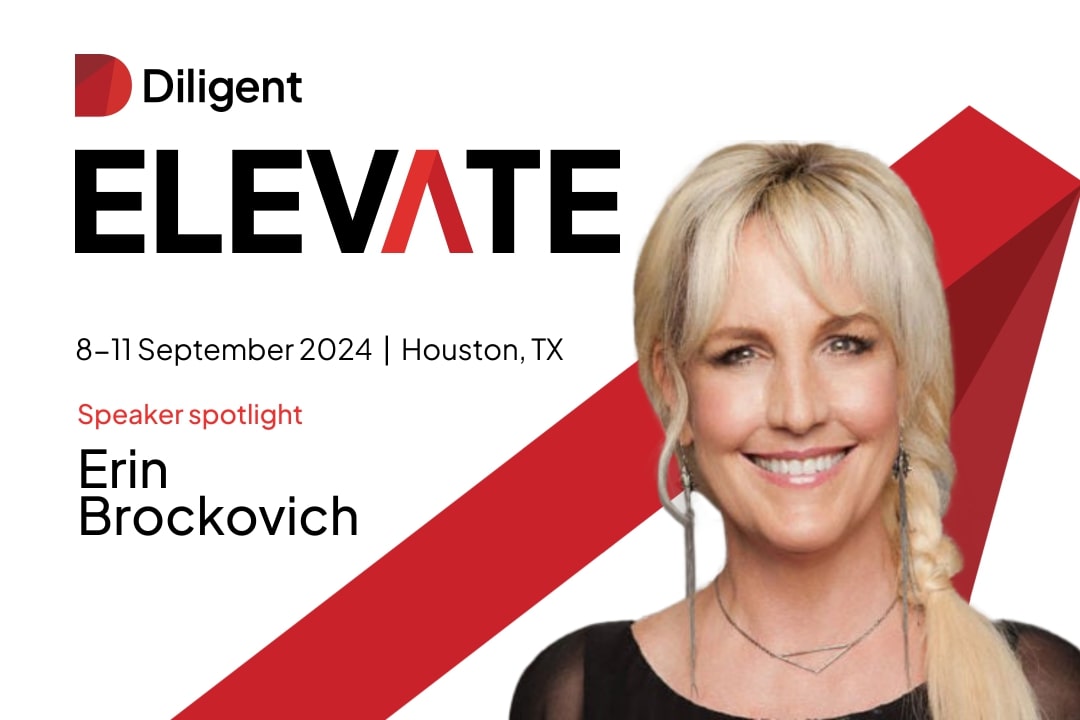
Ensuring Nonprofit Board Effectiveness: 4 Best Practices
What does it take to make nonprofit boards work better? First, you have to understand why board effectiveness matters.
In this article we explore why effectiveness matters for nonprofit boards, and also where governance – as a field — is headed, as critical context for exploring board effectiveness and its impact on mission success.
Governance and board liaison professionals supporting nonprofit and charity board operations serve as indispensable guides to good governance.
The digital age is changing the way not-for-profit boards approach governance. Technology opens up the opportunity to engage even more in the work board members are doing.
With increased connectivity, visibility, and scrutiny, nonprofit boards are more accountable than ever for the success of their organisations. Board performance, in fact, is noted by Bridgespan as a critical ingredient in a nonprofit’s ability to achieve impact. With board effectiveness recognised among the organisational priorities that lead to mission achievement, what are the indicators of high board performance in the changing nonprofit environment?
The following practices are indicative of high board effectiveness:
1. Embrace Technology
A critical first step in building board effectiveness today is helping boards overcome cyber anxiety. Given the increase and continued rise of cyber attacks and phishing, along with demands by stakeholders on increased security and sensitivity around data, board members must become more comfortable with technology. While IT may be intimidating to some, approaching the tenets of good governance from a digital perspective can be reassuring — and even enticing. BoardEffect, as a modern governance solution, can enable boards to manage — and fully leverage — the digital transformation of their board room.
2. Be Intentional (About How The Board Works)
Research by Bridgespan shows a clear connection between board effectiveness and clarity about how the board does its work. This includes factors such as the people involved, board culture, decision-making processes, and board structure. These elements of effective board process should be considered:
- Communication – While transparency is essential in good governance, it need not come at the expense of confidentiality. In light of increased concern about security, sharing critical information via email is unwise. Gone are the days when classified information was distributed on paper at board meetings, then collected after the discussion. Modern governance technology helps eliminate the element of surprise at board meetings by ensuring sufficient time for review of sensitive information, which enables the board to shift from a transactional orientation to a true governance focus.
- Efficiency – Today’s board members (and nonprofit executives) are busier than ever. Technology enables everyone to work both more and smarter, though the former can be detrimental without the latter. Effective boards design their meetings, committee and leadership structures, discussions, and tasks to enhance efficiency and avoid work that is redundant or misaligned with governance priorities.
- Engagement – Ensuring the board includes the right people to do the right work (maintaining a strategic focus while also tending to fiduciary responsibilities) at the right time helps to foster engagement among board members. Effective boards understand their role, hold themselves accountable, and create cultures of continuous education to promote sharing learning among board members.
Download The Nonprofit Checklist for Board Effectiveness to identify areas of improvement and apply best practices for a more effective, productive and successful board.
———————————————————————————————–
3. Recruit Strategically
Having the right people around the table is paramount in good governance. From every officer, committee chair, and board member, to the chief executive and board liaison, strategic selection is essential. Board composition must reflect the organisation’s diversity needs in terms of skill sets, perspective, experience, and demographics (including ethnicity, race, level of experience, gender, geography, and more). Board composition also should represent constituent voices and align with strategic goals, ensuring that board members bring the expertise and capacity to ensure the successful implementation of strategic plans developed to advance the mission.
Modern governance solutions also foster best practices in board succession planning. Selection of officers and committee chairs should be informed by stated criteria and aligned with strategic goals. At the same time, the succession planning process must be able to adapt to unexpected changes in board membership, organisational priorities, and external influences.
4. Practice Good Governance
While it might seem self-evident for boards to engage in governance, many board members get tempted by operational complexities that are too “into the weeds”. Furthermore, the practice of governance involves more than meeting preparation and attendance, financial contributions, and oversight. Some key practices that lead to greater board effectiveness are:
- Agendas – Framing board and committee meeting agendas for governance is an easy step toward building effectiveness. Modern governance solutions enable board leaders and chief executives to collaborate in the creation of agendas to ensure proper meeting content. Technology also allows board members to prepare for meetings in advance, freeing meeting time for discussion of strategic governance topics.
- Expectations – The board must clarify expectations, not only for the organisation and its chief executive, but also for itself – as a whole, as officers, as individual board members. Creating and maintaining current job descriptions for these unpaid but very real jobs is essential best practice. They should be used to inform expectations through recruiting, orientation, succession, and assessment processes.
- Assessment – Board and board member self-assessments are invaluable tools in promoting good governance. On an annual basis, the board should evaluate its performance in light of strategic goals to ensure it is serving the organisation effectively and to identify opportunities for improvement. Similarly, board members should be asked to compare their actual performance to stated expectations. Modern governance solutions make keeping track of progress over time easier than ever.
Building board effectiveness is an ongoing process enhanced by today’s modern governance solutions. The right talent and tools make it easier for today’s busy, inquisitive, and appropriately demanding board members to engage effectively in good governance and mission achievement.
We’re passionate about the work of boards, which drives how we develop the BoardEffect solution. Boards operate in a series of overlapping cycles: a regularly scheduled meeting cycle, an annual operating cycle, and the cycle of longer-term board development and engagement. BoardEffect’s solution supports a modern approach to governance, powering boards’ interdependent responsibilities across these ongoing cycles.







